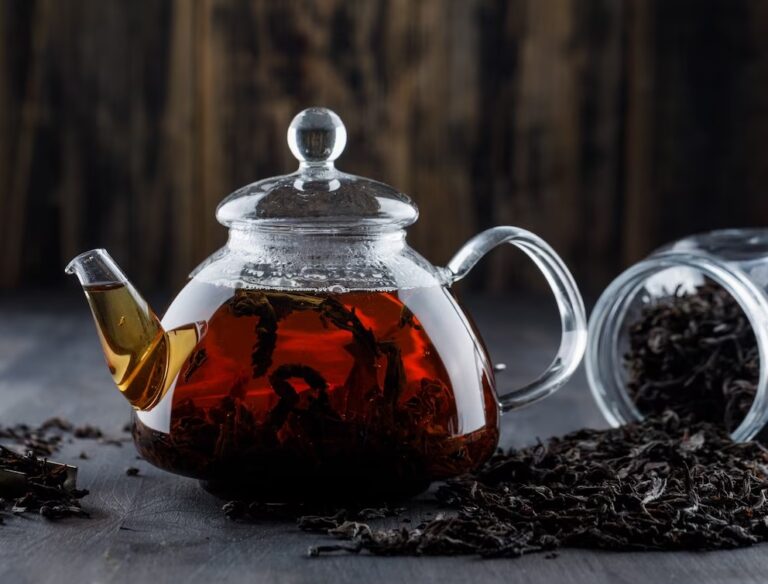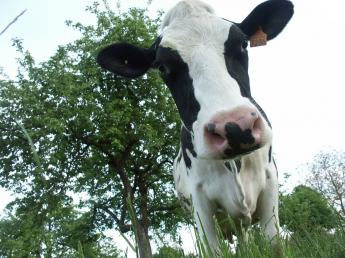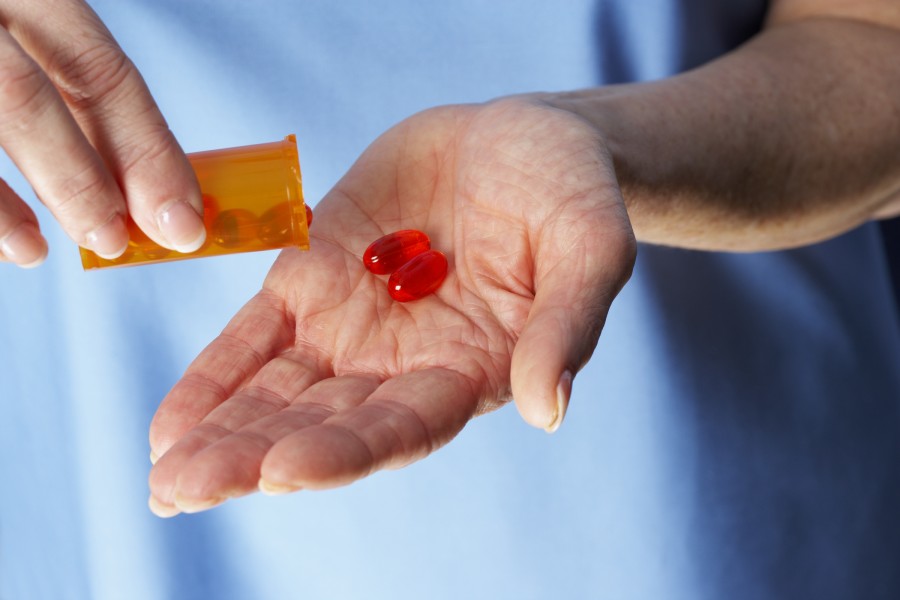Vitamin E And Angina Pain
My dad and his angina
It was a bit odd to have a conversation with my 67-year-old father about his sex life. “I’m on this medicine, Andrew,” he said. “It’s for angina. My doctor sent me to a heart specialist, and they both agreed I have to take it. The problem is that it causes impotence.” I let that image sink in for a minute, as he continued. “Is there any one of your natural remedies that will substitute for the angina medicine?” he asked. Historically, it was an unusual event for my dad to ask my view about anything. One of his mottoes was, “If I want your opinion, I’ll give it to you.” So I was duly impressed with the gravity of the situation.
“Vitamin E, Pa, ” I said. “High doses of vitamin E have been used to treat angina since the early 1950’s. Drs. Wilfrid and Evan Shute, who were both brothers and cardiologists, gave patients somewhere between 1,600 to 2,000 International Units of vitamin E daily and it eliminated angina symptoms in hundreds and hundreds of documented cases.” I fully expected him to ridicule the idea, and I was surprised and not a little gratified when he thoughtfully nodded his head.
“OK,” he said, and we gratefully moved on to another topic.
The exact dosage
My dad started at about 400 IU a day, gradually working up to 1,600 IU over a period of a few weeks. I’ve always maintained that the body likes “gradual.” This goes for decreasing drugs as well as for increasing vitamins. Pa’s G.P. was an open-minded man, quite British and quite willing to offer my father a dosage-reduction schedule for his medication.
And that is all it took.
Pa called a couple of weeks later.
“Is it all right to take this much vitamin E?” he asked.
“How much are you up to, Pa?”
“Uh, 1,200 a day.”
“Is it the natural, D-alpha form of E that I suggested?”
“Let me get the bottle,” he said, and I heard the phone drop and bang on the table.
A long-distance minute later, he was back.
Yep, D-alpha tocopherol,” he said.
“That’s the one. So how do you feel?”
“Pretty fair,” he said. “I’m practically off the medication now.”
“Any symptoms?” I asked.
“No.”
“Why don’t you go to 1,600 with no drugs,” I said.
“OK.”
The subject did not come up again for months. What can I say? This is how our family did things.
“So Pa, how’s that angina?” I asked one day.
“What angina?” he said.
“Your angina, Pa, your angina.”
“I don’t have angina.”
“Used, to Pa. Maybe a year ago.”
“I never had any angina,” he said.
“Two doctors said you did, Pa. They had you on medication, remember?”
“Oh, that. I haven’t had any sign of that since I took the vitamin E.”
“OK. Keep taking the E, Pa. “
“I do. 1,600 every day.”
And that was that. He never had angina symptoms again.
“Angina? What angina?”
That was nice.
Usually, the fur really flies when you bring up the Shute brothers’ vitamin E treatment for cardiovascular disease. This has been a controversial area of medicine for 60 years. Most textbooks state that “E” is of no value here. Textbooks have said for years that E is a quack’s cure in search of a disease. There is considerable evidence that the texts are wrong, and that the Shutes were right.


Consider intermittent claudication, which is calf muscle pain upon walking. Even banal nutrition textbooks acknowledge scientific proof of this successful treatment with vitamin E. “This therapy helps reduce the arterial blockage,” says Williams, Nutrition and Diet Therapy , Seventh Edition (Mosby, 1993, p 186), a standard dietetics work.
Is there something so special about the arteries between the knee and the ankle? What about “reducing the blockage” in other arteries? This is the whole idea of using Vitamin E for circulatory diseases.
More scientific facts about vitamin E
Medical doctors Wilfrid and Evan Shute of London , Ontario successfully treated well over 30,000 cardiovascular disease patients with up to 3200 IU of vitamin E daily. For that achievement, they were ostracized from their medical society. Here are the principles of the therapy:
1) Vitamin E has an oxygen-sparing effect on the heart, enabling the heart can do more work on less oxygen. The benefit for recovering heart attack patients is considerable. 1200 to 2000 IU daily relieves angina very well.
2) Vitamin E moderately prolongs prothrombin clotting time, and has a limited Coumadin/warfarin effect. This is the reason behind the Shutes’ using vitamin E for thrombophlebitis and related conditions. Their dose? about 1000 to 2000 IU daily.
3) Vitamin E dilates and promotes collateral circulation and benefits diabetes patients or anyone threatened with gangrene. Dose: tailored to patient; about 800 IU or more.
4) Vitamin E strengthens and regulates heartbeat like digitalis (foxglove) and its derivatives at a dose adjusted between 800 to 3000 IU daily.
5) Vitamin E reduces scarring when frequently applied topically to burns or sites of lacerations or surgical incisions along with a daily oral dose of 800 IU.
6) Vitamin E helps gradually break down clots at a maintained dose of between 800 IU and 3,000 IU.
7) Vitamin E is vastly safer than drugs, as doses of up to 56,000 IU per day fail to harm adult humans. Gradual dosage increase is advised, and patients with congestive heart failure, rheumatic hearts or high blood pressure need careful medical supervision
Why hasn’t vitamin E been more highly regarded?
So why hasn’t vitamin E been more highly regarded in medicine? Ambiguous results from a rather small number of highly publicized, poorly controlled studies, that’s why. The most common reason for irreproducibility of successful vitamin E cures is either a failure to use enough or a failure to use the natural (D-alpha) form, or both. Such studies must be weighed against the Shute’s 30,000 cured patients and their four books: Complete Updated Vitamin E Book (Keats), Health Preserver (Rodale, 1977), Vitamin E for Ailing and Healthy Hearts (Pyramid, 1975) and Your Child and Vitamin E (Keats, 1979).
And vitamin E is safe, remarkably non-toxic. In fact, “toxicity symptoms have not been reported even at intakes of 800 IU per kilogram of body weight daily for 5 months” according to the Food and Nutrition Board. This demonstrated safe level would work out to be around 56,000 IU daily for an average adult, some 5000 times the RDA!
Here is an example. Overexposure to oxygen has been a major cause of blindness in premature infants. Oxygen-tent retina damage is now prevented by giving preemies vitamin E, a natural antioxidant. Williams, Nutrition and Diet Therapy , 6th ed, indicates the dosage as 100 mg E per kilogram body weight. That dose (around 200 IU for a preemie) is equivalent to an adult dose of about 7,000 IU for an average-weight adult. “There have been no detrimental side effects,” said the New England Journal of Medicine , Dec. 3, 1981. Nevertheless, the nutrition textbook advised that “healthy persons stand the chance of developing signs of toxicity with the megadoses that are recommended in these studies.” That statement is not true.
Caution with vitamin E
In less than healthy persons, there are some valid cautions in giving large doses of vitamin E. Among hypertensive patients, sudden large vitamin E increases cause temporary increases in blood pressure. The solution is to increase the vitamin gradually, with proper monitoring (which hypertensive patients should have anyway). To avoid any possible risks of an asymmetric heart contraction, patients with rheumatic hearts or congestive heart failure need small doses (around 75 IU) and increases under medical supervision. It is best to inquire about all of these conditions when taking or submitting a patient history. For additional information, it is most worthwhile to contact the Shute Institute, London , Ontario , Canada or read any books by Wilfrid or Evan Shute, M.D.. If their books are hard to find, try Interlibrary Loan (ILL) at any public library.
Vitamin E benefits
Why supplement with vitamin E? Our need for vitamin E increases with increased age, exposure to toxins (smoking, air pollution, chemical oxidants), pregnancy and lactation. Even an increased consumption of polyunsaturated fats requires more vitamin E to protect the unsaturated fatty acids from free radical attack. For most healthy adults, an optimum daily amount of vitamin E would probably be about 600 IU. It must certainly be higher than the US RDA of only about 10 or 15 IU.
It is true that many foods contain vitamin E, such as milk products, eggs, meats, fish, whole-grain cereals and whole-grain breads, wheat germ, and leafy vegetables. However, the vitamin is present in these foods only in very small quantities. Americans do not get enough vitamin E in their diet, and it is impossible to get even 100 IU per day from even the finest of diets. This is at least partly due to the widespread milling of flour since the start of the twentieth century. Coincidentally, heart disease has also been on a steep increase since 1900. Very likely there is a connection here.
The New England Journal of Medicine published two papers in the May 20, 1993 issue (Vol. 328, pp 1444-1456) which both supported vitamin E megadoses, reporting an approximate 40% reduction in cardiovascular disease. Nearly 40,000 men and 87,000 women took part in the study. The more vitamin E they took, and the longer they took it, the less cardiovascular disease they experienced.
And the Shute brothers, those quacks, pointed it out first… sixty years ago. They said: “We didn’t make vitamin E this versatile. God did. Ignore it at your peril.”
And ignore it we have. Even in the very issue carrying the two very favorable, major vitamin E studies mentioned above, was an editorial article advising doctors not to use it.
Copyright C 1999 and prior years Andrew W. Saul, Number 8 Van Buren Street , Holley , New York 14470 .





